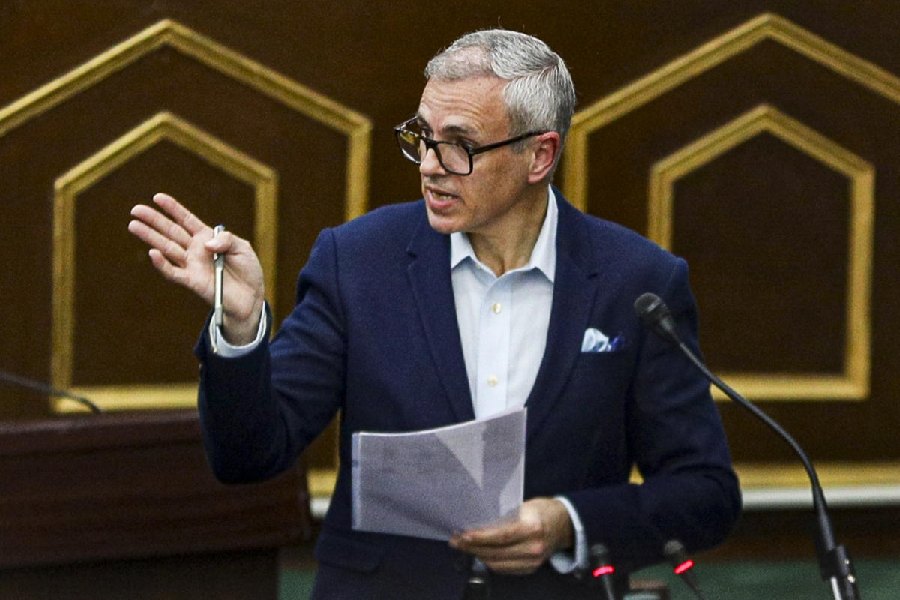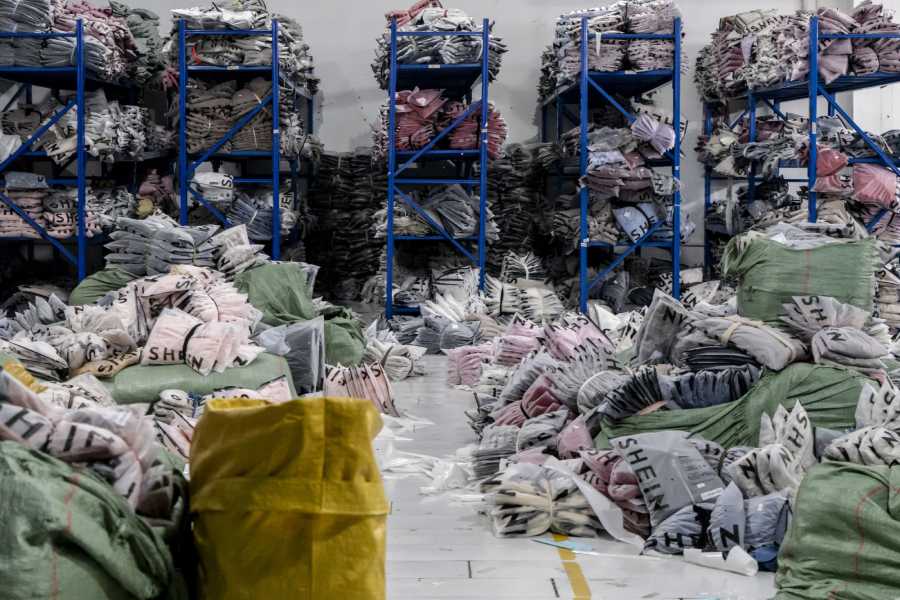 |
 |
| Two youngsters with the books they received from the Aviva Great Wall of Education. Picture by Sanat Kumar Sinha |
nClass VIII student Barka Das clasped The Giant All-Colour Dictionary in both hands. “My English is not strong, this will help me hone my vocabulary,” said the student of St Gabriel’s High School in Canning. Barka, whose parents are ragpickers, used to sell bottles at Sealdah station till he was taken in by NGO Cini Asha 10 years ago.
nLittle Jaba Das attends school in Uttarpara from 11am to 4pm, completes her household chores and goes out to work as a domestic help. Late at night, she comes back to her books. Jaba was elated to receive a Bengali grammar book. “Can I have an exercise book? I do not have a new one,” she asked softly.
The smile on the faces of Barka and Jaba were brought by Calcuttans who came out in thousands to donate their books to the Aviva Great Wall of Education presented by The Telegraph at City Centre (Salt Lake) in September 2010. The city collected over 3,28,000 books in five days, beating Delhi’s count of 1,23,000.
After four months of rigorous sorting, the books are ready to be put in the hands of needy children through the help of 13 NGOs, including Right Track, Cini MSD, Prayasam, Inspiration and NMCS.
“We tried to collect as many books as possible. Thank you, Calcutta, for supporting this cause. We are also trying to ensure that the right books reach the right children,” said Gaurav Rajput, associate director (marketing), Aviva, at a small gathering recently to mark the close of this edition of the Aviva Great Wall of Education.
Christine Gupta, the project co-ordinator of the child domestic workers programme at Loreto Sealdah, which received 1,500 books from the Book Wall, explained how the books have been distributed.
“We sorted the books into storybooks and educational books. While some of the storybooks have been kept in our own school library, where our underprivileged or rainbow children, along with our regular students, can read them. The rest, especially Bengali and Hindi textbooks, have been dispatched to our drop-in centres at seven schools, including Don Bosco Park Circus and St Lawrence High School. Here children of domestic workers who wish to study can drop in for two hours and read.”
Save the Children, which was the partner organisation for the Aviva Book Wall, was given the responsibility of choosing the NGOs that would receive the books.
Manabendra Nath Ray, the state programme manager of Save the Children, said: “The NGOs chosen work with street children (DRCSC), children in red light areas and of domestic workers (Loreto Sealdah and Right Track) and child workers in factories and brick kilns (NMCS). Our aim in joining hands for the Street to School programme was to sensitise people and bridge the gap between the educated and the uneducated by distributing books.”
The books that are in a condition to be used were divided into 22 categories. Primary-level books for ages 6 to 14 years in Hindi, Bengali, English and storybooks in the three languages were sent to needy kids directly, through the NGOs. The unusable ones were given to Emami to be recycled into exercise books for underprivileged students.
The 1,800 books — English and Bengali textbooks and storybooks, mainly for children between 6 and 14 years — collected by the Diamond Harbour unit of Cini will be used to educate school drop-outs in villages, said Arup Das, the unit head.
While around 1.5 lakh books were distributed to the NGOs, the rest (2.5 lakh books) have been given to the Paschim Banga Sarva Shiksha Mission, which will distribute them among schools in the districts.
Choten Lama, the state project director of the Sarva Shiksha Mission, said: “A lot of work is being done in and around Calcutta by NGOs for the education of the underprivileged. When we were told about the Book Wall, we decided to distribute primary-level books to the districts. We have tied up with NGOs and the authorities in districts like Darjeeling, Siliguri, Jalpaiguri, Cooch Behar, Purulia and Bankura through both formal and informal channels and will be sending them trucks laden with books.”
Giving a thumbs-up to the initiative, Ray said: “If other corporate groups can take up such initiatives, we can reach a larger number of children.”











